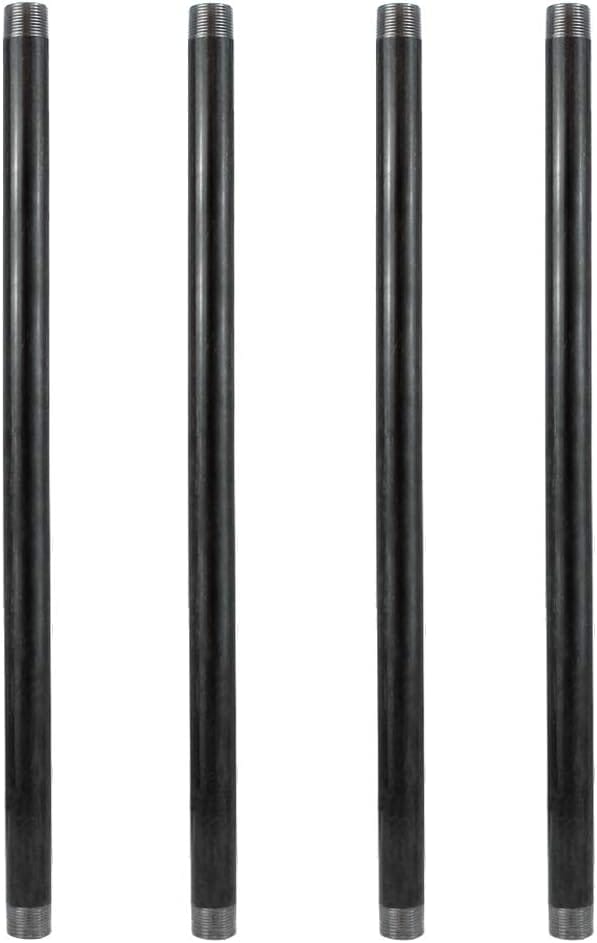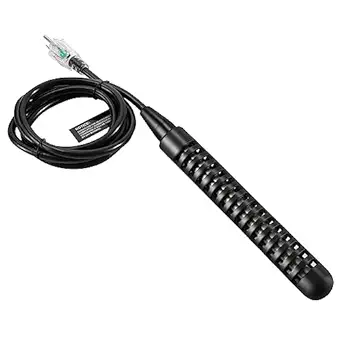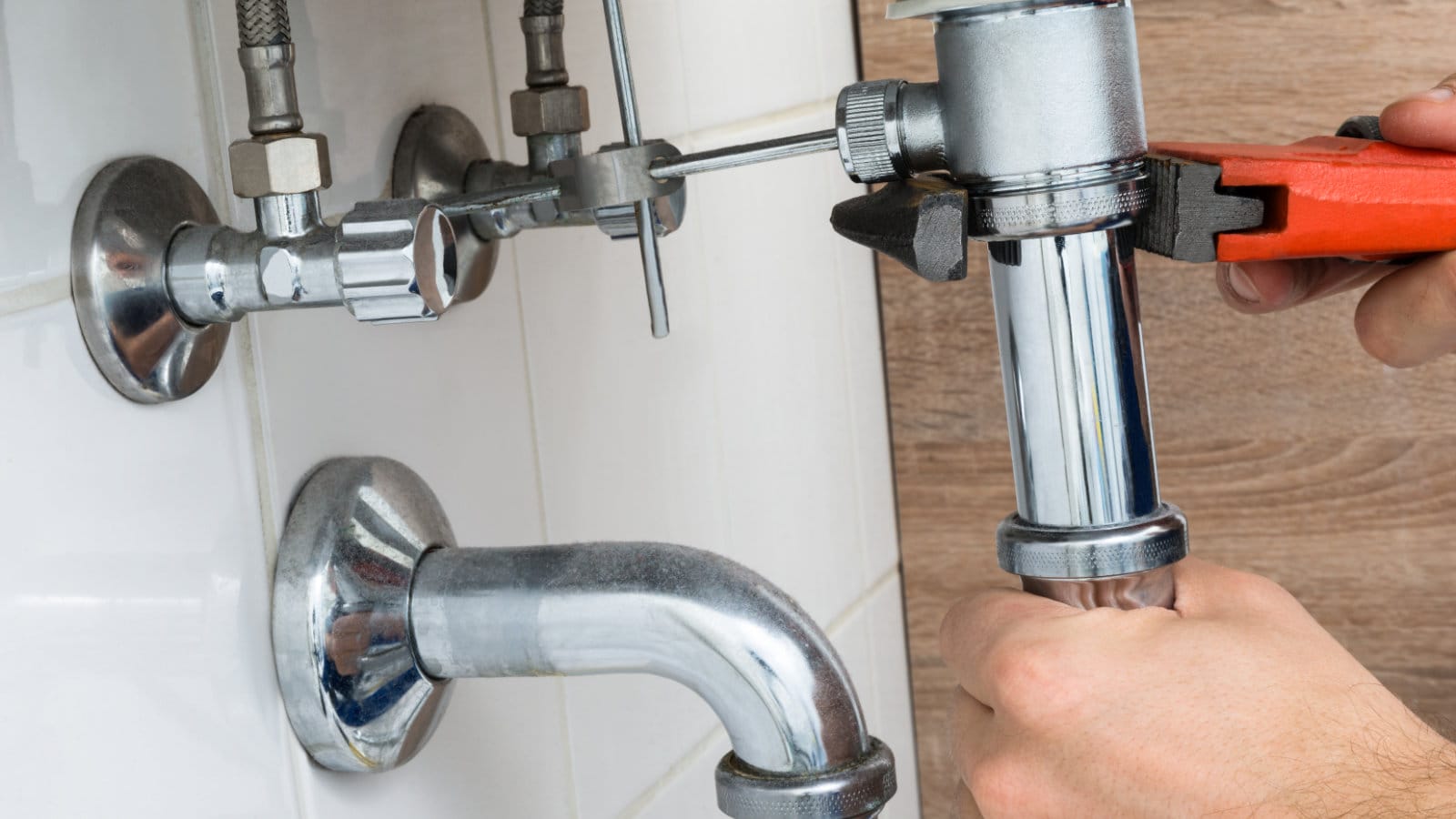Proper venting of a gas water heater is critical to its safe operation, mainly when the appliance is located in a basement without a chimney. The challenge lies in ensuring that harmful combustion byproducts, such as carbon monoxide, are safely expelled from the home. This article provides a comprehensive guide on venting a gas water heater in your basement, even if there’s no chimney.
Understanding the Importance of Venting Your Gas Water Heater
A gas water heater, whether a water heater or a power vent water heater, burns fuel to heat water.
This combustion process generates exhaust gases that, if not properly vented, can lead to serious health issues, including carbon monoxide poisoning. Therefore, proper venting is not just about compliance with local and state codes or the National Fuel Gas Code; it’s about ensuring your family’s safety.
When venting a gas water heater, using suitable materials is essential. For instance, a metal pipe is often used as an exhaust pipe to vent the gases outside. The type of venting system – whether it’s an atmospheric vent or a power vent – depends on the specific model of the water heater and the setup of your home.
A power vent water heater uses a fan to push the exhaust gases out, making it a suitable option for homes without a natural gas chimney.
In the following sections, we will delve into the challenges of venting a gas water heater in a basement and explore different venting methods.
Overcoming Challenges of Venting a Gas Water Heater in the Basement
Venting a gas water heater in a basement, especially without a chimney, presents unique challenges.
The vent pipe, an integral part of your water heater’s vent system, must be correctly sized, installed at the right height, and have the appropriate draft to ensure the safe expulsion of exhaust gases. Using improper materials for venting, such as a dryer vent hose, can lead to hazardous situations. Therefore, using a listed and approved venting system for your gas water heater vent is crucial.
Exploring Methods to Vent Gas Water Heaters Without a Chimney
When it comes to venting a gas water heater without a chimney, several methods are available. These include:
- power venting,
- direct venting
- venting through an existing chimney.
Power venting, suitable for any type of water heater, uses a fan to push the exhaust gases out from the top of the water heater. This method is beneficial for water heating systems located in basements where a natural gas vent might not be available.
Direct venting, on the other hand, uses two separate pipes. One brings in fresh air for combustion, and the other vents out the exhaust gases. This direct vent system is often used in tankless water heaters and is a great solution when venting a water heater without a chimney.
If you choose to vent through an existing chimney, ensure that the chimney passageway is clear and free of obstructions. This method is typically used when the gas water heater is installed in a basement with an existing but unused chimney.
In the next section, we will provide a step-by-step guide on how to vent a gas water heater in your basement, ensuring you have all the information you need for safe and adequate water heating.
A Guide: How to Vent Your Basement’s Gas Water Heater Step-by-Step
Get ready to dive into a comprehensive, easy-to-follow guide that will walk you through venting a gas water heater in your basement. The key steps include:
- Prepare the wall to accommodate the water heater vent pipe.
- Install the draft hood over the gas water heater.
- Connect the exhaust vent pipe to the water heater draft hood.
- Link the exhaust vent pipe to the vent elbow.
- Install the storm collar.
- Install the exhaust vent cap.
- Apply sealant to secure the system.
While this guide provides a basic understanding of the process, venting a gas water heater involves intricate steps that, if not executed correctly, can lead to safety hazards such as carbon monoxide poisoning. It’s also important to note that the installation must comply with local building codes, which can vary greatly. Therefore, unless you have professional-level skills, it’s highly recommended to enlist the help of a qualified professional to ensure the job is done safely and correctly. Remember, your safety is paramount, and a professional plumber or HVAC technician has the training and expertise to handle this task effectively.
Avoiding Common Mistakes When Venting a Gas Water Heater
Venting a gas water heater, especially in a basement, requires careful attention to avoid common mistakes that could lead to dangerous situations. One such mistake is improper venting through a sidewall, which can accumulate exhaust gases in your home. Using an improper vent termination is another mistake that can cause the exhaust gases to be released in areas where they can re-enter the house. Lastly, not providing enough vertical rise in the flue vent connector can hinder the proper flow of exhaust gases, leading to their buildup in the hot water tank.
These errors can escalate the risk of carbon monoxide poisoning, and that’s why the need for professional expertise is critical. It’s crucial to follow venting requirements to the letter, and hiring an expert ensures this precision, providing peace of mind about the safety of your home.
Additional Safety Measures for Venting a Gas Water Heater
Beyond the proper venting of your gas-fired water heater, additional safety measures are crucial to ensure the safety of your household. One such measure is the installation of a carbon monoxide detector. Since carbon monoxide is a colorless, odorless gas, a sensor must alert you to its presence, reducing the risk of carbon monoxide poisoning.
Furthermore, your gas water heater must undergo regular inspection and maintenance. This includes checking the vent system for any blockages or leaks and ensuring the vent pipe’s vertical rise meets the requirements for your specific gas water heater model. If you have a direct vent water heater, ensure the intake and exhaust vents function correctly.
In the case of a gas-fired water heater, regular maintenance also involves checking for any signs of corrosion or damage that could affect the water heater’s exhaust system. By taking these additional safety measures, you can ensure that your gas water heater operates safely and efficiently, even in a basement without a chimney.
The Basics of Water Heater Venting and Its Importance
Venting a gas water heater, particularly in a basement without a chimney, is paramount. The process involves directing the exhaust gases produced during the heating process safely out of your home. These gases exit from the water heater’s top and must be guided through a venting system that ensures their safe expulsion outside.
If you’re wondering how to vent a gas water heater in a basement, it’s crucial to understand the role of the vertical vent. This component, often referred to as the flue is responsible for carrying the exhaust gases from the water heater to the exterior of your home. The vertical vent must be properly installed and maintained to prevent any leaks or blockages that could cause the gases to back up into your home.
The venting principles remain the same whether your water heater uses gas or propane. The hot water heater venting system must be designed to handle the specific fuel your appliance uses. For instance, a propane water heater may require a different vent collar than a natural gas water heater.
The venting system should terminate outside your home, typically through an exterior wall. This termination point, often called a vent cap or vent collar, must be free from obstructions and located where the exhaust gases won’t re-enter your home.
In some cases, multiple appliances may share a standard vent, but this setup requires careful planning and adherence to safety guidelines to prevent the risk of back-drafting.
In conclusion, venting your gas water heater is critical to its installation and operation. It ensures the appliance’s safe operation and your household’s health. When in doubt, always consult with a professional to ensure your venting system is correctly installed and maintained.










